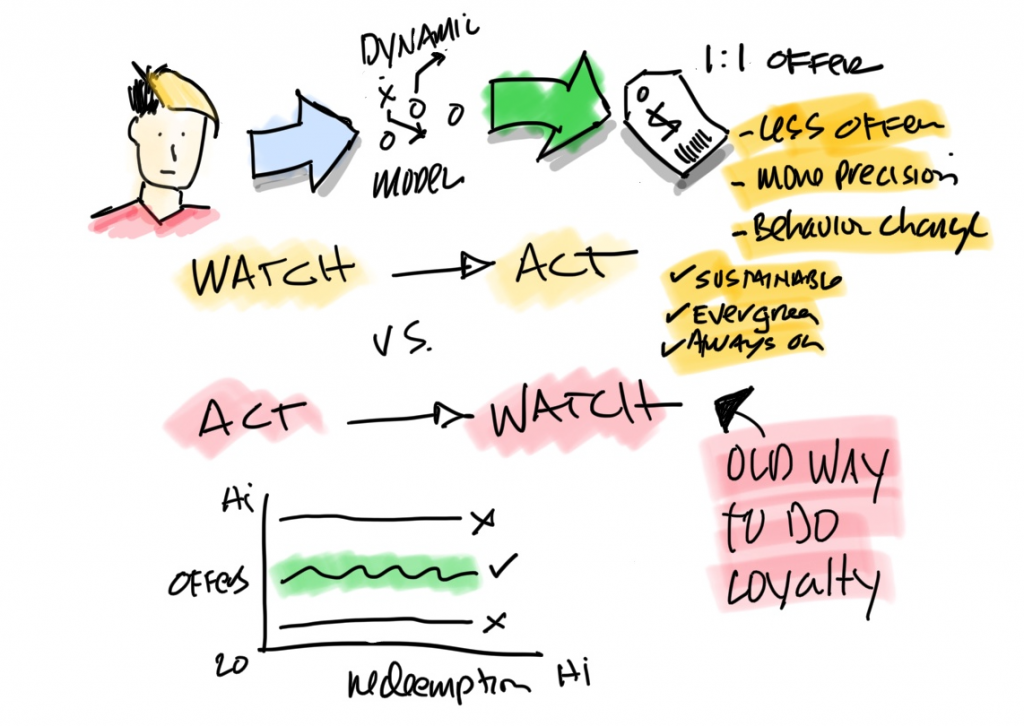Stimuli response paradox. When, offers – behavior = static conversion
Think for a second how we behave as humans. Many actions we take are driven by basic needs, hunger, thirst, safety and shelter and so on. The stimuli and response model of behavior has some issues when you think about how business models are developed.

A coupon is issued, a consumer gets the code and uses it for a discount. Done. Maybe they have a nice open boxing experience with what they bought. Now you’ve trained them to expect a discount. Then you bury them in emails and the like to spur more behavior. So pile on the zombie campaigns that they mark as spam and never see again.
This is not engaging, this is digitally annoying to death. Also good luck reaching a number that is meaningful this way. You will quickly run out of tactics before getting to a real number. Let alone the fact that you are not owning a relationship, you’re just turning up the knobs and buttons on a digital jalopy. Good luck.

Hypothesis, observing behavior first, over time and having a broader lens of what behavior is watched could produce a different set of actions. Aka, not a promo code or coupon as your first action. Hence the title Watch then act, rather than acting and watching what happens. Oversimple, maybe, with some research and experiments it could be demonstrated the watch + act model may make more sense in the long term value of a consumer.

Journeys, service designs and affinity maps etc. all attempt to illustrate a relationship. How an actor relates to and action or set of actions. The premise being a relatively linear path to an outcome. There are likely many non-linear, gap filled and reverse paths that are never captured or understood and potentially are more prevalent and relevant to understand. Why, because exposure to real behavior by real humans leads to nuanced and practical paths that may fall outside a ‘happy path’ but provide keen insight. Insight into actual opportunities to see or watch behavior that is pre, pre an action or post action that sets up the next action.